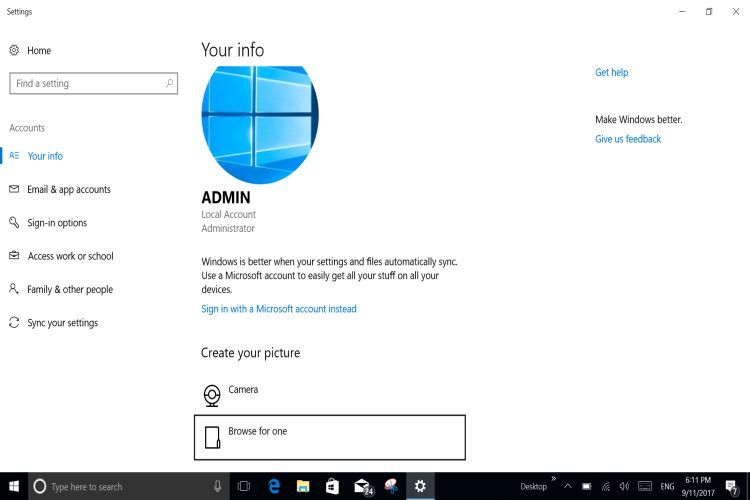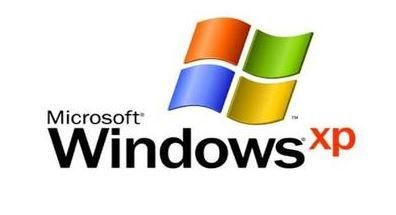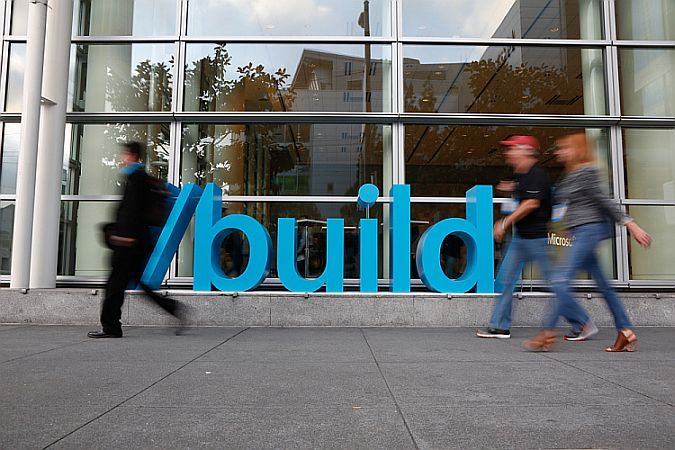
Microsoft's Build 2016: Big News For Live Tiles, Bash, And Bots, Not Phones
Microsoft's Build conference for 2016 revealed many new things as it generally does. Some of these things were rather impressive, in fact some might say groundbreaking at least to an extent. Microsoft's CEO Satya Nadella made every effort to emphasize and illustrate what he believes Microsoft can do to improve our lives in the near future and in years to come. This of course was part of the keynote speech at the beginning of Build 2016 and may well seem to be a lofty ideal, or a stretch, or even literally a "pie in the sky" dream. Here's the thing - he made some very good points regarding AI, Bots, integrating Bash (as in Linux, Ubuntu) as a native function within Windows 10, and the general advancement of the everyday PC user's environment and experience. The key here is progress, progress fired by technology, progress not only within Windows 10 or all of Microsoft's products for that matter, but potentially progress in many facets of human existence. Microsoft's CEO came on stage with a clear mission, and that was to make it clear that part of Microsoft's future was not just their own betterment but the betterment of society as a whole. Let's be clear - this conference is supposed to be a selling point for Microsoft's products and it is - however, is it possible that Microsoft is so far ahead of the curve that they can use technology to improve society as a whole by improving their own products and imparting that knowledge to everyone? Microsoft begins by empowering developers (this is a developer conference after all) with the latest advances in technology. Let's look at what came about in Microsoft's Build 2016 conference.
The Microsoft Product Lifecycle Is Evolving
So what happened between then and now?
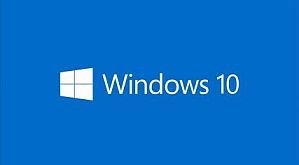
Microsoft's Product Lifecycle is evolving and not all about that is glaringly obvious but the changes should not be considered trivial. Let's start with Windows XP simply because there are so few systems running any earlier versions of Microsoft Windows. Windows XP became available to the general public December 31, 2001. The end of sales for PCs with Windows XP preinstalled was October 22, 2010. Quick math: that's about 106 months. What is also noteworthy is the length of time between release and end of extended (essentially all) support for Windows XP. From December 2001 to April 2014 we're talking essentially 148 months. In the case of Windows Vista, less than 124 months. Many people like Windows 7 for instance and want to stick with it. That too has a support lifetime of roughly 124 months. Maybe that's not scary or even concerning however, those facts are not exactly what it's all about.
D-Wave Makes Quantum Progress In Computing
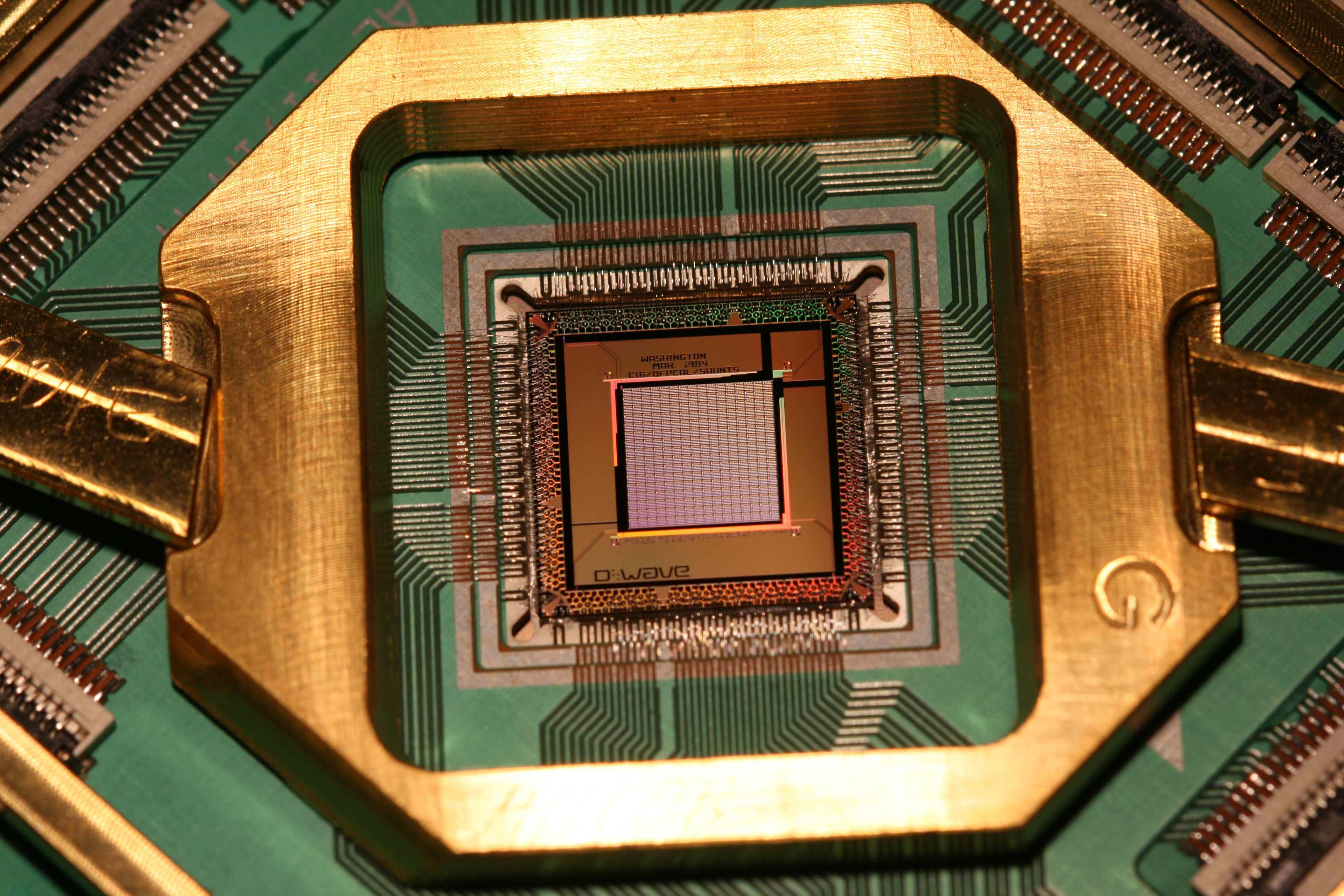
The D-Wave 1000Q Processor. Image Courtesy of D-Wave Systems Inc.
Quantum computers have been in development for quite some time, dating back to at least as early as the 1980s when theories regarding quantum computing and quantum bits (qubits) began to evolve. Quantum mechanics and Quantum computing are still met with much public disregard and even ridicule, but that is likely due to the fact that these are complex subjects and most people consider "Quantum Anything" to be perhaps unattainable. This begs a question: What may have been considered "unattainable" by the general public in 1980? The list is not short and although different the list today is not short either. It could logically be said that Apple, Microsoft, IBM and others made Quantum Progress throughout the latter part of the 20th century and into the 21st. Who in 1980 expected most households in the developed world would own a PC (or a Mac or a cellphone) in 2000? Some people did. That would include people such as Steve Jobs, Steve Wozniak (Apple), Bill Gates (Microsoft), John Opel (IBM), and of course many others who recognized the potential of currently emerging technologies. So what might now be attainable? Who might recognize the potential of currently emerging technologies at this (2016) time? Two probable answers emerge: Quantum Computing and D-Wave Systems.
ISIS Takes On The Internet And The Internet Fights Back

As we are all aware the terrorist organization known as ISIL and/or ISIS (ISIS being most often used) is attacking the world on many levels and is also being fought on many levels. This fight against ISIS includes governments from all over the world whose people have been threatened and killed by this organization as well as others who may or may not be associated with any particular government. Many have begun to refer to this entire scenario as a potential World War III and scary as it may be this could well be the case. ISIS appears to be well-funded with support coming from many corners of the globe. They have also made some very intelligent decisions with regards to recruiting new members and much of that means utilizing social media and other Internet venues. It has long been posited that should World War III occur it would be conducted at least as much through cyber warfare as it would through conventional warfare. This is what we are seeing from ISIS and there are many who utilize the Internet intelligently and recognize what ISIS is doing. They don't like it and they aim to at least mitigate if not stop ISIS from utilizing the Internet in their quest to terrorize the world.
Microsoft Makes It Easier To Make Sure You Get Windows 10


It seems very clear that Microsoft wants to push Windows 10 at least as much as it has any previous Windows OS, and it may be that they are not sufficiently confident in the the rate of acceptance by the public thus far. Granted there are by most accounts (including Microsoft's) well over 100 Million devices now running Windows 10 and some put that number well over 130 Million, but in comparison to the total number of devices eligible for the free upgrade to Windows 10 (One Billion perhaps) is it really enough? Maybe Microsoft is not getting that warm and fuzzy feeling about the overall success after just a few months since the public release of Windows 10 on July 29,2015. So how might Microsoft attempt to ensure better numbers in the near future?



